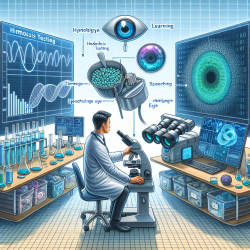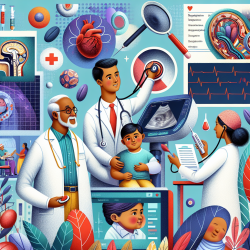Welcome to the World of Data-Driven Decisions!
In the realm of speech-language pathology, making informed decisions is crucial for achieving the best outcomes for children. Today, we delve into a fascinating research article titled "Statistical Hypothesis Testing versus Machine Learning Binary Classification: Distinctions and Guidelines" by Jingyi Jessica Li and Xin Tong. This research provides valuable insights that can enhance our understanding of data analysis strategies, ultimately benefiting our practice at TinyEYE.
Two Powerful Strategies: Hypothesis Testing and Binary Classification
Data analysis often involves making binary decisions, such as determining whether a child has a speech disorder or not. The research distinguishes between two strategies: statistical hypothesis testing and machine learning binary classification. While both are essential tools, they serve different purposes and have unique strengths.
Key Distinctions
- Hypothesis Testing: This approach is rooted in inferential statistics. It helps us infer an unknown truth from observed data, answering yes/no questions. For instance, determining if a specific intervention significantly improves speech outcomes.
- Binary Classification: In contrast, binary classification is about prediction. It predicts an unobserved property of an instance based on available features. This is akin to diagnosing a speech disorder based on various speech parameters.
Guidelines for Choosing the Right Strategy
The research outlines five practical guidelines to help practitioners decide between these strategies:
- Decide on Instances and Features: Determine whether your data rows and columns represent instances or features.
- List the Binary Decisions: Clearly outline the binary decisions you need to make from the data.
- Assess Availability of Known Answers: Check if your data contains known binary answers.
- Count Instances for Each Decision: Determine the number of instances needed for each binary decision.
- Evaluate the Nature of Binary Questions: Consider whether your question pertains to a population or an individual instance.
Why This Matters for TinyEYE
For practitioners at TinyEYE, these insights are invaluable. By understanding when to apply hypothesis testing or binary classification, we can make more accurate and effective decisions in our online therapy services. This not only enhances our practice but also ensures that we provide the best possible outcomes for the children we serve.
To read the original research paper, please follow this link: Statistical Hypothesis Testing versus Machine Learning Binary Classification: Distinctions and Guidelines.










